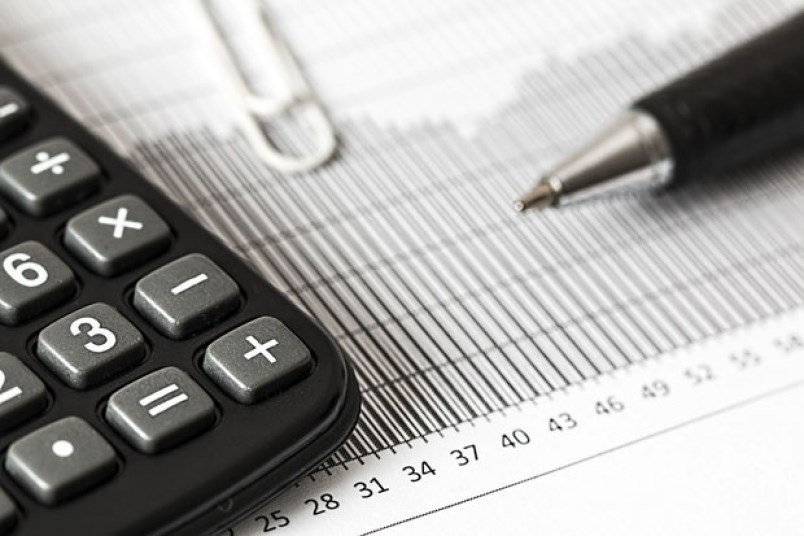Working from home during the COVID-19 pandemic has resulted in many of us having higher internet, electricity and heating costs. With the savings from not having to commute to work each day, these additional costs may be easier to manage; however, there is a tax break that could save you money on your 2020 tax return.
In a normal year, you would be required to obtain a signed form from your employer in order to be eligible to deduct home office expenses on your tax return. With the volume of employees requiring these signed forms for 2020, the CRA released some temporary administrative relief measures to make this process easier for both employers and employees.
For 2020, there are two options: the simplified method or the detailed method.
Under the simplified method, in order to qualify you must have worked more than 50 per cent of the time from home for a period of at least four consecutive weeks during 2020.
If you met this standard, then you are eligible to claim $2 for each day you worked from home during that four-week period plus any additional days you worked at home in 2020, up to a maximum claim of $400 per individual.
If both spouses worked from home in 2020, then each spouse would be eligible for a $400 (maximum) claim. Note that under this method, you are not required to obtain a signed form from your employer, and supporting receipts for your expenses do not have to be retained.
Under the detailed method, in order to qualify you must have worked more than 50 per cent of the time from home for a period of at least four consecutive weeks during 2020 and you must obtain a signed T2200S/T2200 from your employer. You must retain your actual supporting receipts, with the benefit being you can make a claim in excess of the prescribed $2/day and $400/year limits.
You would be eligible to claim all relevant home office expenses on your tax return, including a portion of electricity, heat, water, internet, maintenance and rent paid for an apartment or house. Note that expenses such as mortgage interest, mortgage principal, furniture and decorative items are not claimable expenses.
Which method is best? As always, it depends on your individual circumstances. One factor that may support using the detailed method would be if you rent your home, as you may claim the home office portion of your rent as a deduction.
Another factor to consider is if you paid for repairs to your home office or repairs to the general areas of your home (furnace, kitchen), the applicable percentage of these expenses would be claimable under the detailed method.
However, it’s important to remember that “repairs” are deductible, but capital improvements are not. For example, replacing your hot water heater is not deductible, but having a technician come in to repair it is deductible.
Similarly, for a kitchen, the cost of a renovation is not deductible, but having your fridge or dishwasher repaired, is a deduction. For the general areas, the deduction would be the home office percentage multiplied by the expense.
For more information on this and other tax matters, tune in to our Tax Strategies Webinar on Feb. 24 at 7 p.m. Register for free at LT Wealth.
This column is part of a monthly series that will be available at Richmond-News.com, courtesy of Patrick Caffrey, tax and estate specialist at LT Wealth Management Partners, an independent branch of Raymond James Ltd.
You can contact Patrick directly at [email protected].



